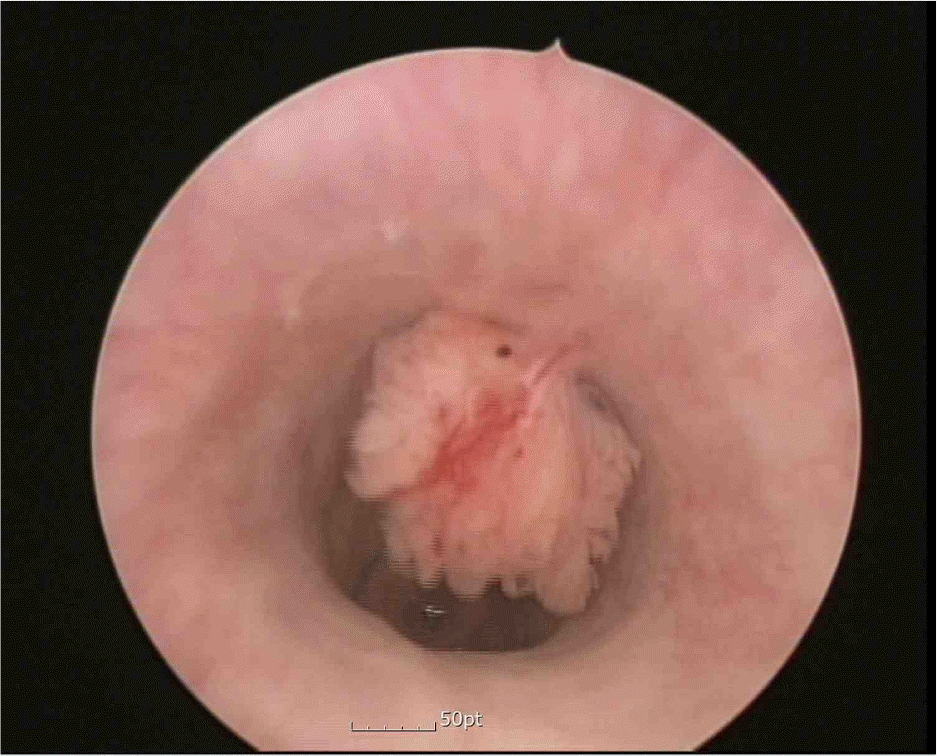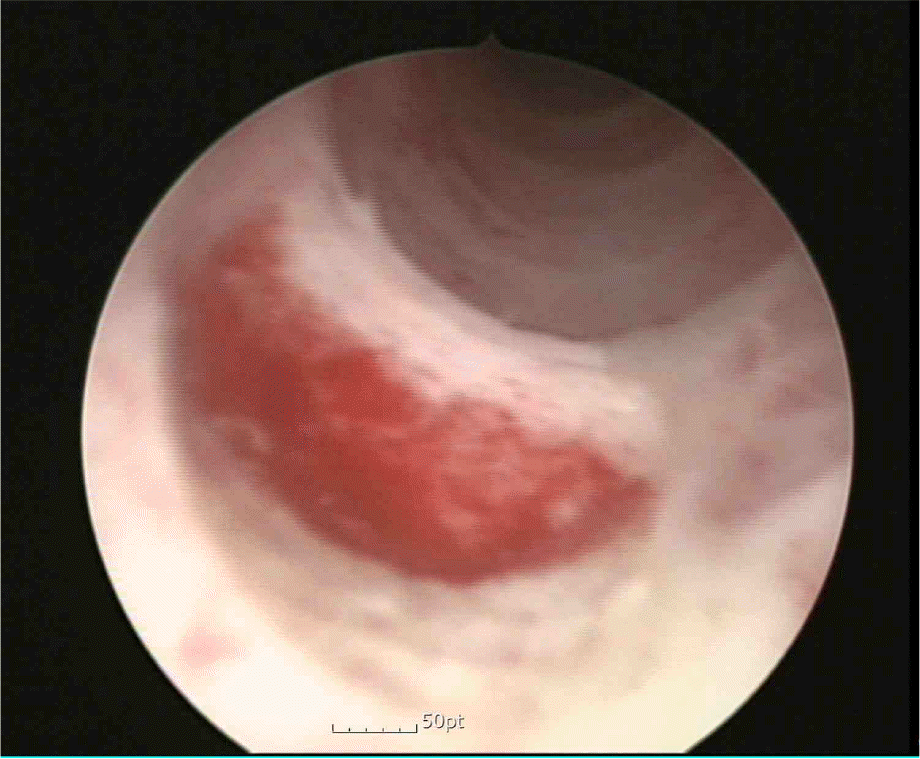Abstract
Prostate cancer is increasing in frequency in Korea. Among them, ductal adenocarcinoma (DCP) has a more aggressive and poor prognosis than acinar adenocarcinoma (ACP), despite its low incidence. Patients usually present with symptoms of lower urinary tract symptoms and hematuria due to increasing tumor mass within the lumen of the prostatic urethra, making diagnosis of DCP by the transrectal prostate biopsy difficult. DCP is often metastasized at the time of diagnosis. DCP is transferable to most other organs but the metastasis to the anterior urethra is rare. There is no doubt that localized DCP requires radical prostatectomy (RP) but the guidelines for adjuvant therapy after RP have not yet been established. Methods of the treatment are confounded by individual differences, and arriving at a consensus is challenging due to insufficient data. We report a case of DCP and urethral metastasis after RP, thus aiding in the determination of treatment guidelines.
Go to : 
References
1. Meeks JJ, Zhao LC, Cashy J, Kundu S. Incidence and outcomes of ductal carcinoma of the prostate in the USA: analysis of data from the Surveillance, Epidemiology, and End Results program. BJU Int. 2011; 109:831–4.

2. Orihuela E, Green JM. Ductal prostate cancer: contemporary management and outcomes. Urol Oncol. 2008; 26:368–71.

3. Aydin H, Zhang J, Samaratunga H, Tan N, Magi-Galluzzi C, Klein E, et al. Ductal adenocarcinoma of the prostate diagnosed on transurethral biopsy or resection is not always in-dicative of aggressive disease: implications for clinical management. BJU Int. 2010; 105:476–80.

4. Tu SM, Lopez A, Leibovici D, Bilen MA, Evliyaoglu F, Aparicio A, et al. Ductal Adenocarcinoma of the Prostate: clinical features and implications after local therapy. Cancer. 2009; 115:2872–80.
Go to : 




 PDF
PDF ePub
ePub Citation
Citation Print
Print






 XML Download
XML Download